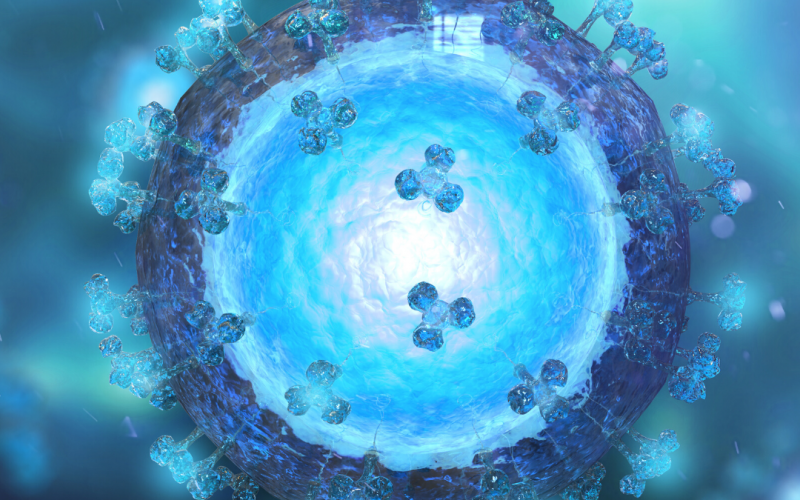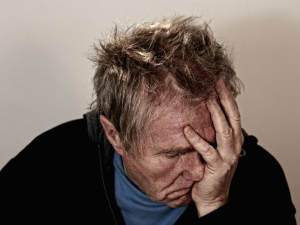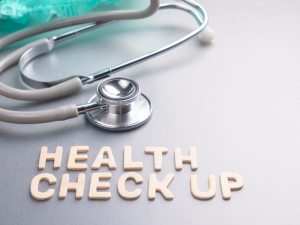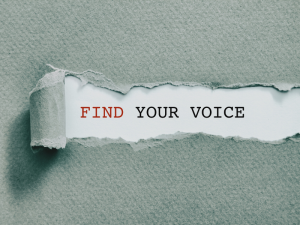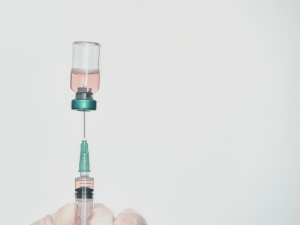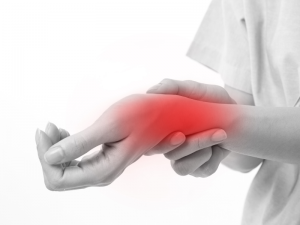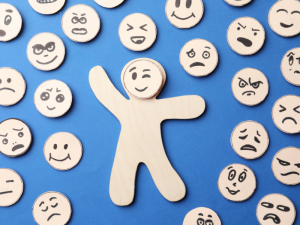While I appreciate that you are probably feeling bombarded with news and updates about this virus. As a healthcare professional, it concerns me that growing misconceptions and myths around this rapidly changing health crisis are causing people to feel increasingly concerned about how to keep themselves and their loved ones safe.
Patient and practitioner education is at the forefront of my practice; I am on a mission to share information and knowledge to empower people to make informed decisions about their wellbeing; this is what we know to date about COVID-19.
This is a long post, essay length at 4 000 words, which is a 20-minute read.
Important notes:
- Coronavirus / Corona virus are generic terms for a whole family of viruses.
- 80% of those affected with COVID-19 will be able to manage their symptoms at home without the need for medical treatment and make a full recovery.
This dynamic and rapidly evolving situation is leading to public confusion, misunderstandings, and increasing general anxiety. Along with the recent reports of panic grocery buying and avoiding Asian establishments, including restaurants, owned by people who merely look Chinese, its time for more information. I intend the following to be helpful, let me know if is and I will attempt to review and update this page as more news comes to light.
What’s in a name?
COVID-19 is an infectious upper respiratory tract disease caused by the most recently discovered coronavirus. This new virus and condition were unknown before the outbreak began in Wuhan, China, in late December 2019. The World Health Organisation (WHO) declared the outbreak a Public Health Emergency of International Concern on 30 January 2020.
Several interchangeable names are being used in the media and by medics when referring to this condition, which is confusing. The virus that results in the illness called COVID-19 is called SARS-CoV-2 aka Severe Acute Respiratory Syndrome Coronavirus, which is genetically similar to the original SARS (severe acute respiratory syndrome) virus which was first identified in 2003 after the initial outbreak infecting humans in southern China in 2002, it then spread to other countries before ending in 2004.
On 11 February 2020, WHO formally announced COVID-19 as the name for this new novel coronavirus disease. It would be helpful if health professionals, the media and governments used this name for clarity and to support public confidence.
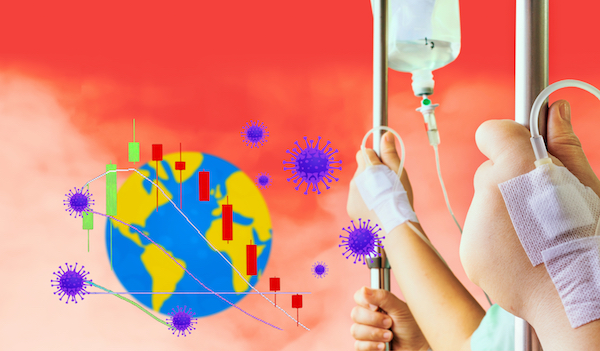
On 11 February 2020, the world health organization (WHO) formally announced COVID-19 as the name for this new novel coronavirus disease. It would be helpful if health professionals, the media and governments used this name for clarity and to support public confidence. Why the fuss? Because depending on what name you use to look up information can result in misinformation or facts that can promote reassurance.
Coronaviruses explained
Currently, there are seven coronaviruses known to affect humans; the most severe is SARS as mentioned earlier, also MERS (Middle East respiratory syndrome, named after the region of the first outbreak), and COVID-19. The other four include HCoV 229E, NL63, OC43, and HKU1, which cause 10% to 30% of all upper respiratory tract infections in adults globally.
Coronaviruses get their name because of their appearance; under the microscope, they appear to be surrounded by a crown or corona of pointed spikes.
The COVID-19 epidemic is unusual because it’s a new virus in humans and spreading much faster globally than others in the same family. The main reason for this seems to be because the incubation period is quite long and affected people can be asymptomatic for some time; look and feel healthy, so not aware that they should be taking precautions to limit the spread of the virus.
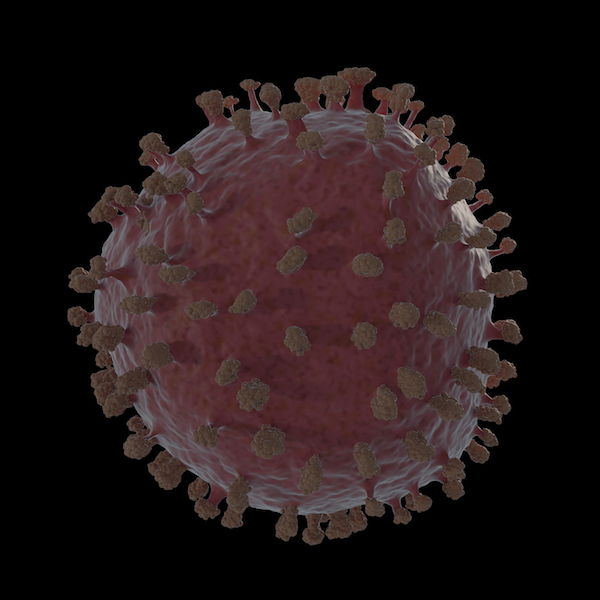
There appears to be two types of COVID-19 virus: a more aggressive type noted in the early stages of the outbreak in Wuhan, China, and a milder form currently making up around 30% of cases. According to the International Journal of Epidemiology, COVID-19 has a high mortality rate of around 2–4% of people infected, compared to seasonal flu at about 0.1%.
It is important to note that the fatality rates of coronaviruses, including seasonal flu and COVID-19, are highly variable depending on several factors including; global location, the time of year, public hygiene standards and local health services. During these health epidemics, many countries wish they had the benefit of a first-world health service such as the UK’s NHS, we may not always appreciate this but many countries envy our free at the point of need health care.
Scientists believe that the COVID-19 mortality rate will change: it may reduce as more people are being diagnosed with milder cases. Or may go up if the virus mutates, the evidence for this is mixed at the moment.
How does COVID-19 spread?
- The disease can spread from person to person through small droplets released from the nose or mouth when a person with the virus coughs or exhales; research suggests you need to be within 2 metres to be at risk.
- These droplets land on objects and surfaces around the person. Other people then catch COVID-19 by touching these objects or surfaces, then touching their eyes, nose or mouth.
- Current evidence suggests that COVID-19 can live on plastic, metal and other hard surfaces for 24 to 72hours, but its numbers will decline after a few hours. Coronaviruses can survive for 15 to 20 minutes on the skin, which is why frequent hand washing is being recommended.
- People can also catch this virus if they breathe in droplets from a person with COVID-19 who coughs out or exhales droplets. Current evidence suggests you need at least 15 minutes of direct contact to be a risk, but this also now being challenged by some virologists.
- Therefore, it is essential to self-isolate if you have been exposed or are feeling unwell with the symptoms mentioned below. The disease can spread from person to person through small droplets released from the nose or mouth when a person with the virus coughs or exhales; research suggests you need to be within 2 metres to be a risk.
Signs and symptoms
Because the family of coronaviruses share many symptoms, it can be difficult, sometimes impossible to tell the difference between them based on symptoms alone. Did you know there are more than 200 different viruses, including strains of coronavirus that causes the common cold?
Most common colds start with a scratchy sore throat, and while they can make us feel miserable, they are very rarely debilitating. Importantly in almost all cases, COVID-19 presents differently.
Symptoms of COVID-19
- Fever.
- Shortness of breath.
- Dry cough.
- Tiredness.
Some people may also experience nasal congestion, runny nose, a sore throat, aches, and pains or diarrhoea. Symptoms usually begin gradually and in most cases mild; some people will become infected but won’t develop any symptoms at all; this is a normal finding for any viral infection.
If there’s a chance you could have COVID-19, call your GP or 111. You will be advised to self-isolate and may require an oral swab laboratory test to confirm the diagnosis. Currently, this is only being offered to people who have travelled to affected areas or been in direct contact with someone confirmed to have the virus, which is reasonable.
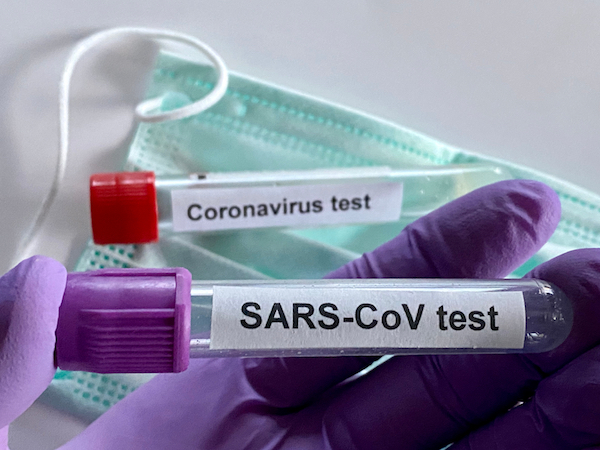
About 80% of those affected recover with no need for special treatment, managing their symptoms at home.
Around 20% of people who get COVID-19 will become severely ill, developing breathing difficulties, severe acute respiratory syndrome, pneumonia or kidney failure. Sadly some people will not recover from these complications. People at particular risk are the elderly, those with comprised immunity or with underlying medical conditions such as heart problems or diabetes.
What we know
Scientists have reported the incubation period as between 2 to 14 days, but it could extend out to 24 days. Most people affected will present with symptoms in 5 to 6 days. This means they could be infectious for some time but not feel unwell; this is of concern because the virus can spread before a person becomes symptomatic.
Children and COVID-19
Children seem less susceptible to COVID-19; most confirmed cases reported from China have occurred in adults. From limited information published from past SARS-CoV outbreaks, infections among children were relatively uncommon, but they can get the virus and be carriers.
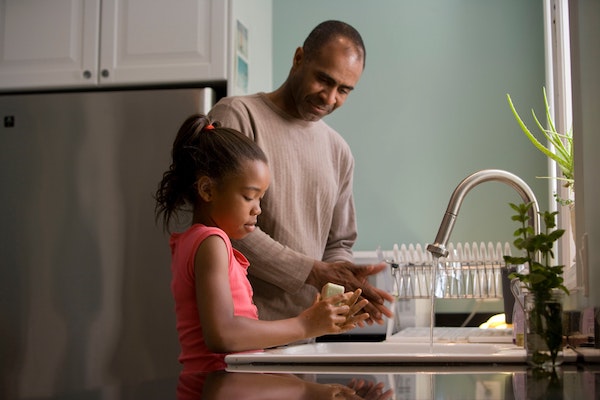
It appears that children who contract COVID-19 tend to be more mildly affected, but are more likely to develop gastrointestinal symptoms such as vomiting and diarrhoea, before or alongside the usual symptoms listed above.
Pregnant women and breastfeeding mothers.
There is no published data about the effects of contracting Covid-19 on pregnant women; it’s just too early — remember this disease has only been in the human population for 68 days at the time of writing (March 07). To date, none of the pregnant women who have contracted Covid-19 has passed it on to their babies, and samples of amniotic fluid have been virus-free. Importantly the virus has not been found in breast milk either.
The risk of adverse infant outcomes such as preterm births is not known, but based on limited data there have been reports of some premature births, and low-weight babies among women tested positive for COVID-19 during their pregnancy. However, it is not clear if these outcomes are related or because of other factors.
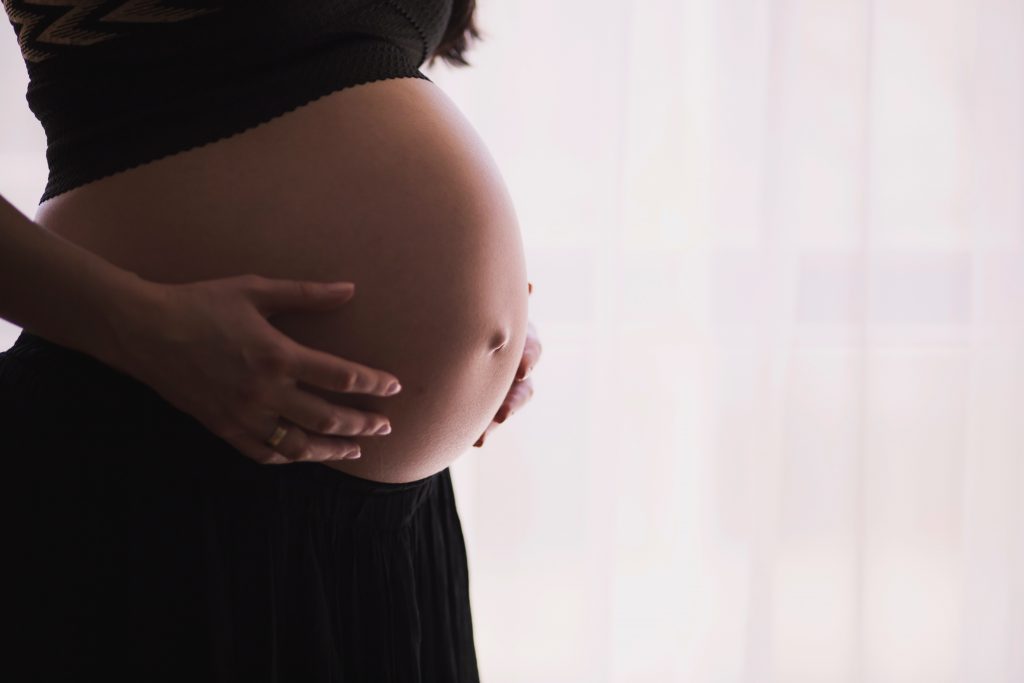
Local maternity services have assured my pregnant patients that women in good health with low-risk uncomplicated pregnancies should not be unduly concerned about COVID-19. They have advised following the general guidelines; frequent hand washing, etc.
There have been two cases of confirmed Covid-19 neonatal infection to date published in peer-reviewed literature. One was an infant diagnosed 17 days after birth; subsequently, the mother and nanny were confirmed to have the virus. The other was a newborn found to be infected 36 hours following delivery, no other details have been revealed about this case.
Side note: It might be time to encourage and support new mothers to nest’n’rest at home for a few weeks if possible following the birth of their baby. There was a time last century when women were nurtured at home for a few weeks as they adjusted to motherhood. It still happens in some so-called ‘less developed cultures’. Interestingly, these women report less maternal stress, easier breastfeeding, calmer babies and lower rates of postnatal depression.
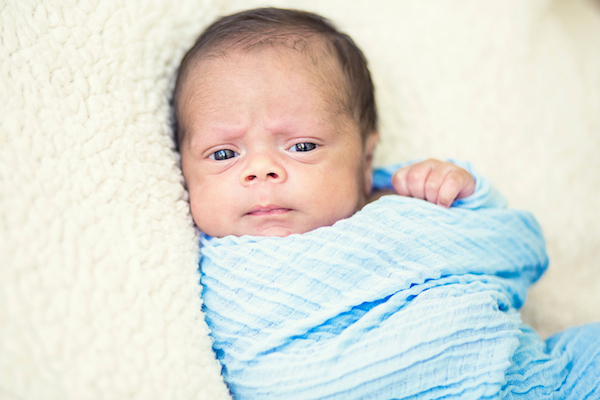
Previous coronavirus outbreaks and pregnancy
If you do an online search about pregnancy and Covid-19, you will find articles linking to other coronaviruses, remember there are several in this group of viruses. So let’s clarify what we know, this is important because the different names can cause genuine stress and fear and that’s the worse thing any of us can of for our health or overall wellbeing.
An analysis of previous SARS and MERS outbreaks shows that there has never been a confirmed case of maternal-foetal coronavirus transmission. It’s worth mentioning that there appears to be a link between miscarriage and foetal abnormalities between the SARS virus outbreak of 2002–2003 and the more recent MERS outbreak.
According to an article in the Lancet, 12 women have reported being Covid-19 infected while pregnant with the following adverse clinical outcomes recorded: four miscarriages in the first trimester, two in the second and third trimester, and a newborn with intrauterine growth restriction.
There are many reasons for miscarriage, and the cause is often not identified, which can intensify an already distressing experience for the women, her partner, and extended family. If you are pregnant, planning to get pregnant, or just had a baby and are concerned, please speak with your GP, obstetrician-gynecologist or health visitor.
How to reduce your risk of catching or spreading COVID-19
The most effective strategy to reduce catching or spreading this virus is scrupulous personal hygiene; frequent hand washing and not touching your face eyes/nose/mouth.
Studies show that only 5% of people wash their hands thoroughly or long enough to kill infection-causing critters! Worse still huge numbers of people who have access to clean water and soap choose not to wash there hands after going to the lavatory!!!
Hopefully, most of us were taught or in my case drilled to wash our hands before eating and after using the lavatory, but not everyone does. One study suggested that only 67% of people wash their hands after they go to the loo, this is revolting and scuzzy behaviour.
Scientific research shows both public and domestic toilets are rife with faecal matter, and just because you can’t see “germs” doesn’t mean they don’t exist. Even if your own hands are super clean, and you’ve only had a quick tinkle (urinated) you can’t assume the same for the last person who touched that toilet flush or opened the door? Whether you are peeing or pooping, you should wash your hands after you have done your business.
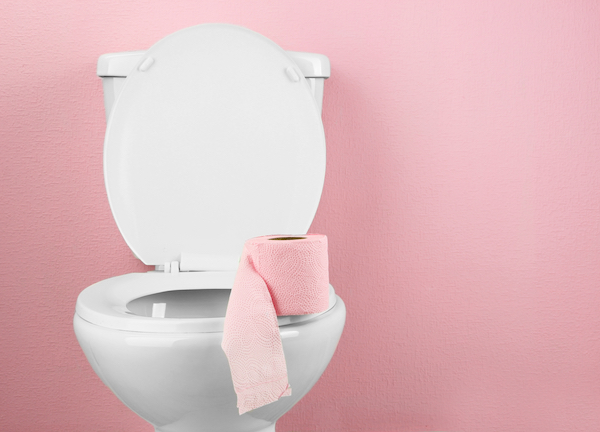
Why washing your hands is essential to COVID-19 prevention
Coronaviruses are “enveloped viruses,” which have a fat or lipid coating and spiky surface that allow easier binding to target tissues. This is good news because this coating is fragile making coronaviruses more susceptible to water, disinfectants and alcohol-based sanitisers. Thorough hand-washing is best as the friction produced by rubbing hands to make a lather along with thorough rinsing will eliminate the virus either by killing or washing it away.
Hand washing tips
- Wash your hands often — cover the entire surface of your hands with soap and water; palms, backs, between the fingers and thumb and rub for at least 20 seconds. Interestingly the temperature of the water is not essential in reducing risk; warm water is for our comfort only.
- Rinse hands in running water; I know this may seem wasteful in a time of environmental concern, but genuinely this is best practice and safety comes first.
- Always wash your hands when you get home or into work.
- Wash your hands before handling food and eating.
- Wash your hands before applying make-up.
- Wash your hands after you cough, sneeze or use a tissue.
- Wash your hands after handling pets and their waste.
- Wash your hands after caring for anyone ill, or with a comprised immune system.
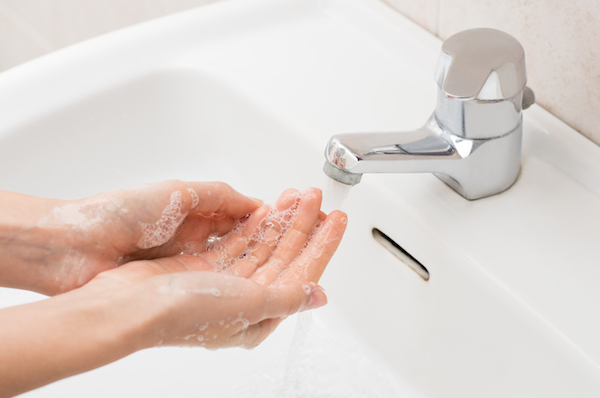
Dry your hands thoroughly
- It is also important to dry your hands properly; wet hands increase transmission risk. Paper towels are best used outside of the home. Remember to avoid touching the tap and the door after washing your hands; use a paper towel to turn off the tap and open door.
- If shaking your hands dry in public loos is your usual behaviour, that won’t be adequate at this time, and air driers are best avoided too.
- At home; remember to use a separate hand towel to dry your hands which you hang up to dry between washes. Change it frequently, perhaps daily, especially in bigger households.
Side note: I hear news of public and workplace lavatories running low on soap and paper towels. Which simply confirms our poor hand washing habits — yuk! Perhaps by the time this virus passes, we will have developed a new habit of better personal hand hygiene.
Hand sanitiser
- Use an alcohol-based hand sanitiser gel if soap and water are not available. While hand sanitisers have some efficacy, less virus is removed than by thorough handwashing.
- Research shows that hand sanitisers need to be a minimum of 60% alcohol to be effective. There is no evidence that non-alcohol or natural versions are effective in eliminating viruses.
Caution: Do not use alcohol-based hand sanitiser on children under two years old due to their underdeveloped skin barrier. Further, small children should only use them under strict adult supervision; the high concentration of alcohol can cause serious harm if ingested by a child.
Practice respiratory hygiene
- Make sure you, and the people around you, follow good respiratory hygiene, what this means in practice is covering your mouth and nose with a tissue if you cough or sneeze and dispose of the used tissue immediately — droplets spread the virus.
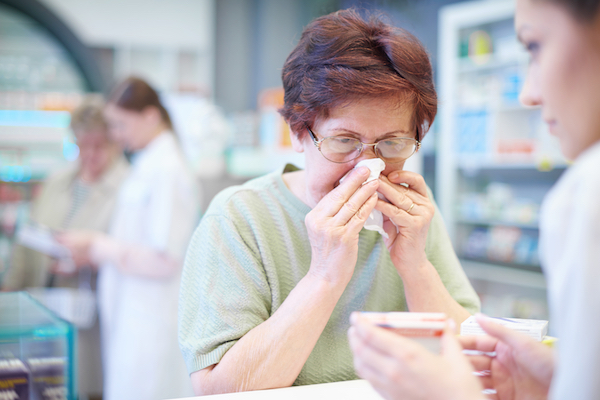
- Then wash your hands or use hand sanitiser if soap and water are not available.
- If you don’t have a tissue sneeze or cough into your bent elbow or your sleeve, yes I know that sounds gross, but it’s safer for everyone than using your hands.
Keep your hands away from your face.
Do not touch your face; eyes, nose or mouth if your hands are not clean; most adults subconsciously touch their faces 200 plus times a day!
Deep cleaning
- At home, disinfect doorknobs, taps, toilet flushers, metal door plates, keys, Tv remote controls, car steering wheel, handbrake. Plus plastic children’s toys and any hard surfaces likely to transmit germs. Commercially available disinfectants, sprays, and wipes will work, and steam cleaning above 50C is useful, but remember that the virus will eventually die after a few days.
- Disinfect your devices, did you know that the average smartphone carries more bugs than a public toilet seat?!
One more thing
If you wear glasses, you need to clean and disinfect the frame and the lenses regularly because spectacle wearers have to handle and adjust them frequently — and that = face touching with the addition of the plastic and metal surfaces providing a perfect breeding place for viruses.
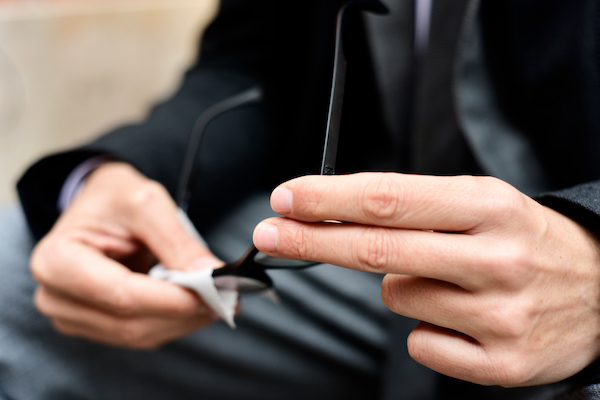
Did you know many new eyeglasses wearers suffer from acne in the areas where the frames touch their face? Not surprising as glasses can be a source of bugs, transferred from our hands. In these cases, bacteria build-up is the cause, but the principle is the same — their glasses are dirty!
Use water and a drop of soap or mild dishwashing liquid to clean your lenses and frames, then dry with a microfibre cloth. Rubbing alcohol (70% isopropyl alcohol) is often recommended to sterilise eyeglasses, but check with your optician first, especially if there is a special coating on your lens.
Also, resting your readers in a case when you aren’t wearing them and avoiding placing them on hard plastic or metal surfaces will offer some additional protection.
Are you wearing the perfect germ carrier? Read more here
Self-isolation, what does this mean?
If there’s a chance you could have COVID-19, call your GP or 111. You will be advised to self-isolate and may require swab testing. What this means in practical terms is:
- Staying away from people and remaining at home for 14 days or longer if recommended. Do not go out, to work or any public places for the duration.
- Do not use public transport or taxis unless otherwise advised.
- You will help support from family members, friends, or delivery services to do errands for you and get food delivered.
- Try to avoid visitors entering your home — it’s okay for friends, family or delivery drivers to drop off food- at the doorstep and received the post, but you should not be signing the keypads used by delivery services. No one should enter your home unless you have an emergency; for example, your heating breaks down, please notify them in advance that you are in self-isolation.
Note: Self-isolation means everyone in your household should also follow these guidelines. That means if you have school-aged children, they should be off school and remain indoors along with any other adults who share your home. I appreciate this presents a potentially huge problem for freelancers, the self-employed, GIG and contract workers who are not entitled to sickness benefit.
If you are in self-isolation and struggling the following Uk bases services may be helpful;
- Samaritans — www.samaritans. org.uk / T: 116 123 (free 24-hour helpline)
- Mind — www.mind.org.uk/ T: 0300 123 3393
- Anxiety UK www.anxietyuk.org.uk / T: 03444 775 774
Should you use face masks
- Face masks if you can still buy them may be useful for people with active symptoms as they will catch coughs and sneezes, but in reality, these folks should be in isolation.
- For everyone else, they are ineffective at best because they often poorly applied, encourage frequent face touching to make adjustments which will increase transmission risks.
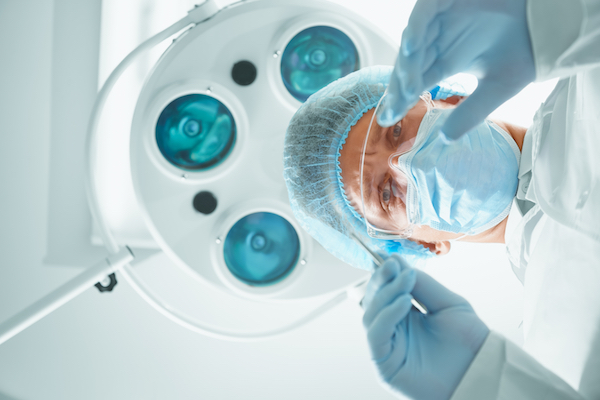
Note: Healthcare professionals wear face masks primarily to protect their patients, not to defend themselves.
Treatment for COVID-19
Like many viruses, including the common cold, there is currently no specific treatment for COVID-19; there are options to relieve the symptoms of fever, etc. while your body fights the illness. Remember that Antibiotics do not work against viruses, and you’ll need to stay in isolation away from other people until you’ve fully recovered, this may require further swab testing. The most critical self-help and community strategy is handwashing, avoiding touching your face and self-isolation.
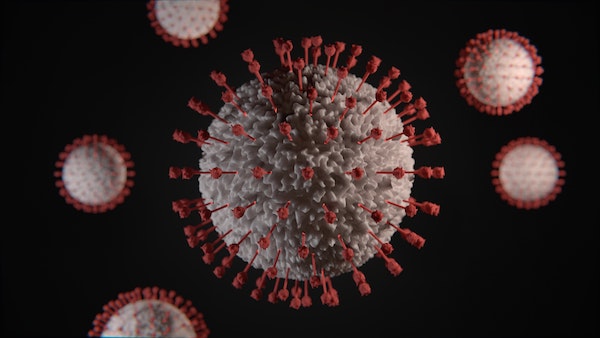
What else can you do?
- People have asked me if any lifestyle changes can reduce their risk of catching or spreading Covid 19.
- If you are one of life’s tactile folk, it would be prudent to pause from hugging, kissing, handshaking or fist-bumping your friends and colleagues until the crisis has passed.
- Smokers should seek support to stop, as it increases your risk of all respiratory illness, and the complications associated with these conditions
- Asthmatics should ensure they have adequate supplies of their medication.
- We know that people who are well-nourished and take moderate exercise regularly are better equipped to fight off illness.
- Research shows that poor sleep comprises the immune system and increases susceptibility to viral respiratory illnesses.
- Interestingly high sugar consumption can interfere with proper immune function, which is why people with diabetes are at more risk of all illnesses.
- Prolonged and chronic stress also comprises immunity.
Supplements
Studies have shown that:
- Vitamin D helps prevent upper respiratory infections, and most people in the UK will have low Vitamin D during the winter.
- Studies show that people, especially the older population, already taking Vitamin C supplements, reduce the duration of viral respiratory symptoms.
- Zinc lozenges can also help decrease symptom severity, as sucking them slows down or stops viruses at the back of the throat.
Coronavirus myths busted
Post and parcels from China can spread Covid-19
- Scientists have said that from previous coronavirus outbreaks. Covid-19 cannot survive on letters or packages for an extended time.
You can get coronavirus and Covid-19 from eating Chinese food
- No, you cannot, it’s safe to eat at your local Chinese restaurant.
Everyone with COVID-19 dies
- This statement is also untrue.
Antibiotics kill COVID-19
- Antibiotics only kill bacteria; they do not affect viruses.
Cats, dogs and other pets spread COVID-19
- Although the dog of a Hong Kong sufferer also tested positive for COVID-19, according to the WHO, there is little evidence that pets can spread it. Scientists are still debating the importance of this finding to the epidemic. It’s likely; the virus was only present on the dog’s mouth and nose because it came into contact with a contaminated surface. However, washing your hands after touching your pets will reduce your risk of contracting salmonella and E.coli.
The virus originated in a laboratory in China.
- Despite these ongoing rumours, there is no evidence that this is true. Some researchers believe that Covid-19 passed from animals probably from bats to humans, as that was the case in the 2003 SARS outbreak.
The virus will die off in the spring and summer when the temperatures are warmer.
- Some viruses, such as cold and flu viruses, seem spread more readily in the colder months, but that does not mean that they cease when the weather becomes milder. In the case of Covid-19 scientists do not know how temperature changes will influence its behaviour.
Coronavirus is the deadliest virus to humans.
- While Covid-19 appears to be more severe than other viruses when compared to influenza, Ebola is more deadly and has a higher mortality rate.
Summary
Remember the 5 essential tips
- Most people affected by COVID-19 will make a full recovery.
- Wash your hand frequently and dry them thoroughly to reduce your risk.
- Keep your hands away from your face; mouth, nose or eyes.
- Avoid contact with affected people and those in self-isolation.
- Call your GP or 111 if you believe you have been infected, and follow their advice. Do not go to your doctor’s GP surgery, pharmacy or hospital. NHS 111 has an online coronavirus service that can tell you if you need medical help and advise you what to do.
- Use this service if
- You think you might have COVID-19
- You have been to a country or area with a high risk of COVID-19
- Or you have been in close contact with someone with COVID-19
This information is not intended to replace information from health authorities including NHS, Public Health England or WHO. Please check for updates on your GP’s website; it will be on the homepage or via a link to the most up to date government advice.
If you found this useful, please share, I will attempt to update as situation changes.
Final thoughts
At this stage, I am not unduly concerned about Covid-19 in the general population. It is worth noting that in the UK, 150,000 people of all ages develop Sepsis each year, and 44,000 will die from this often late-diagnosed silently presenting condition.
More, 30,000 people died because of Pneumonia in 2018; it’s one of the deadliest infections with the very young and people over-65 being the most vulnerable. It is a known complication of any respiratory disease, and the number rises in the winter months.
If this is of concern to you, adults aged 65 or over, plus children and adults with certain long-term health conditions that increase the risk of complications should take up the free pneumococcal vaccine as recommended. Doctors also offer it to babies as protection from the bacteria that can lead to Septicaemia which can trigger Meningitis and Sepsis.

